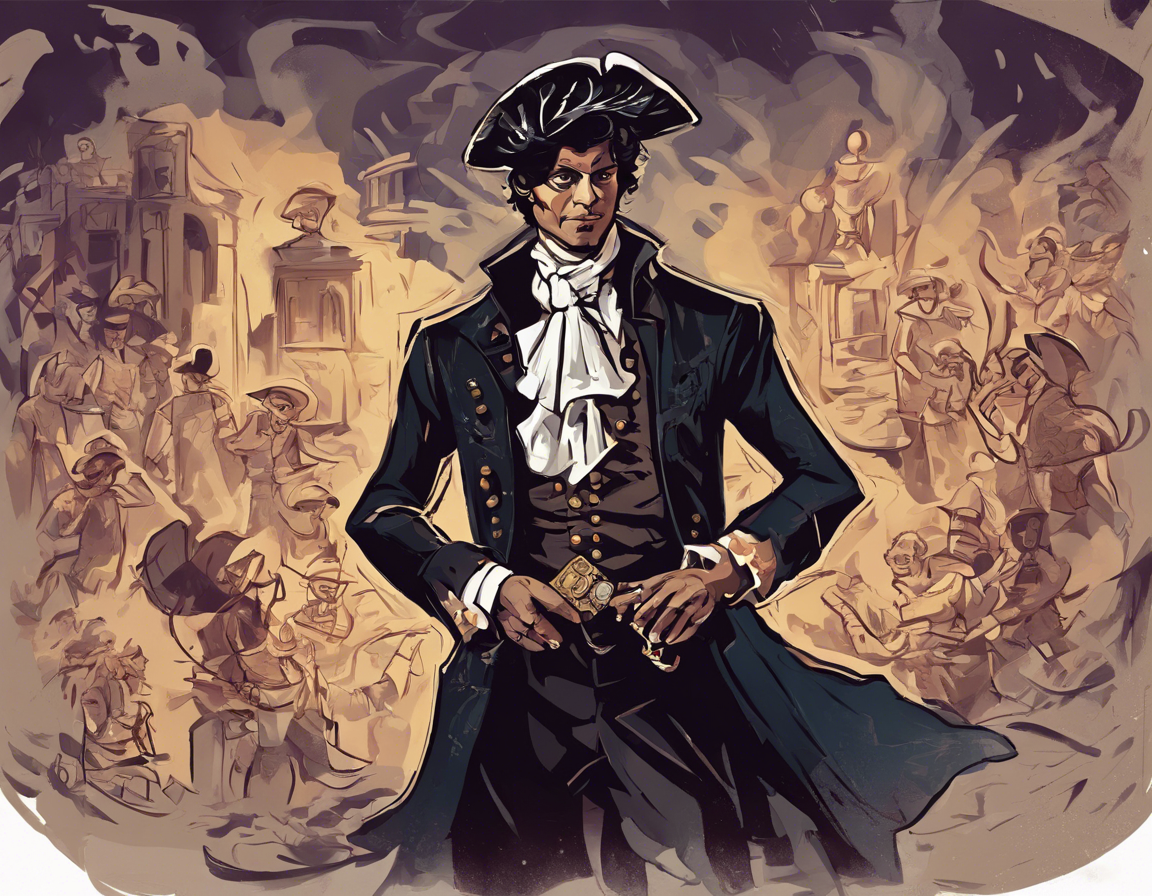Introduction
The character of Don Juan has been a staple in literature and art for centuries, embodying the archetype of the seductive and charming lover. One of the most famous iterations of this character comes from the works of Spanish writer Tirso de Molina in the 17th century, whose play “El burlador de Sevilla y convidado de piedra” (The Trickster of Seville and the Stone Guest) introduced the world to the legendary womanizer. This character has since been adapted and reimagined in countless works across various mediums, leaving a lasting impact on popular culture.
Exploring the Origin of Don Juan
Tirso de Molina’s Don Juan is a complex character who revels in his ability to seduce women, disregarding societal norms and moralities. His actions often lead to dire consequences, as he manipulates and discards women without remorse. Despite his flaws, Don Juan possesses a certain magnetism that draws people to him, making him a captivating figure for audiences and readers alike.
The Evolution of Don Juan
Over the years, Don Juan has undergone various reinterpretations and adaptations that have shaped his character in different ways. From Molière’s comedic portrayal in “Dom Juan” to Mozart’s operatic rendition in “Don Giovanni,” each iteration brings something unique to the table while still capturing the essence of the legendary lover. These adaptations explore themes of morality, desire, and consequence, offering new perspectives on the timeless character.
Themes and Motifs in Don Juan Narratives
One of the central themes in Don Juan narratives is the exploration of love and desire. Don Juan’s insatiable appetite for women is often driven by a need for conquest and validation, highlighting the complexities of human relationships. Additionally, themes of morality and redemption play a crucial role in many adaptations, as Don Juan grapples with the consequences of his actions and seeks redemption for his misdeeds.
Pop Culture References and Modern Interpretations
In modern culture, Don Juan continues to be a source of inspiration for artists and creators looking to explore themes of love, desire, and morality. From contemporary literature to film and television, references to the legendary lover can be found in various forms, showcasing the enduring relevance of his character. Whether portrayed as a suave seducer or a tragic figure, Don Juan’s impact on popular culture remains undeniable.
Analyzing Don Juan’s Legacy
The character of Don Juan has left a lasting legacy on literature and art, serving as a symbol of seduction, desire, and rebellion. His timeless appeal lies in his complexity as a character, embodying both the allure of the forbidden and the dangers of unchecked passion. By continuously reinventing himself across different mediums and interpretations, Don Juan continues to captivate audiences and readers worldwide.
Frequently Asked Questions (FAQs)
Q1: Who was the original Don Juan?
A1: The original character of Don Juan was created by Spanish writer Tirso de Molina in the play “El burlador de Sevilla y convidado de piedra,” first performed in the 17th century.
Q2: What are some common characteristics of Don Juan?
A2: Don Juan is often depicted as a charming and seductive womanizer who pursues romantic conquests with little regard for the feelings of others.
Q3: What is the significance of Don Juan in literature and art?
A3: Don Juan symbolizes themes of love, desire, and morality, serving as a complex and multifaceted character that has been reinterpreted in various ways over the centuries.
Q4: How has Don Juan been adapted in popular culture?
A4: Don Juan has been adapted in numerous works across different mediums, including plays, operas, novels, films, and television shows, showcasing his enduring popularity and influence.
Q5: What are some of the key themes explored in Don Juan narratives?
A5: Themes of love, desire, morality, redemption, and consequence are often central to Don Juan narratives, offering rich and complex portrayals of the legendary lover.
Q6: What makes Don Juan a compelling character for audiences?
A6: Don Juan’s charisma, complexity, and moral ambiguity make him a compelling character that continues to resonate with audiences, sparking discussions on ethics, passion, and human nature.
Q7: How has Don Juan’s portrayal evolved over time?
A7: Don Juan has been portrayed in various ways over the centuries, from comedic to tragic interpretations, reflecting changing societal attitudes towards love, sex, and relationships.
Q8: Why is Don Juan considered a timeless character?
A8: Don Juan’s universal themes of love, desire, and morality transcend time and culture, making him a character that continues to fascinate and resonate with audiences of all generations.
Q9: What are some notable adaptations of the Don Juan legend in modern culture?
A9: Modern adaptations of the Don Juan legend can be found in literature, such as “Don Juan” by Lord Byron, as well as in films like “Don Juan DeMarco” starring Johnny Depp, showcasing the character’s enduring popularity and relevance.
Q10: How does Don Juan’s legacy continue to influence contemporary storytelling?
A10: Don Juan’s legacy can be seen in contemporary storytelling through characters that embody his seductive charm, moral complexity, and romantic pursuits, illustrating the lasting impact of the legendary lover on popular culture.
In conclusion, the character of Don Juan remains a fascinating and enduring figure in literature and art, captivating audiences with his charm, complexity, and controversial nature. Through various adaptations and reinterpretations, Don Juan continues to explore themes of love, desire, and morality, offering audiences a window into the timeless allure of the legendary lover.
